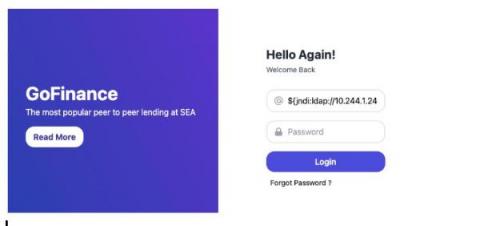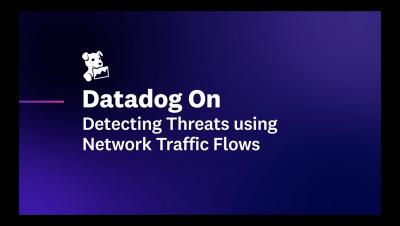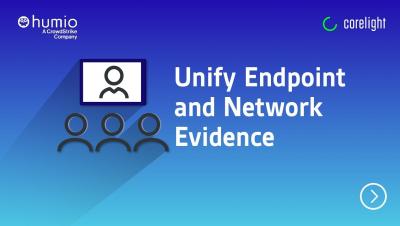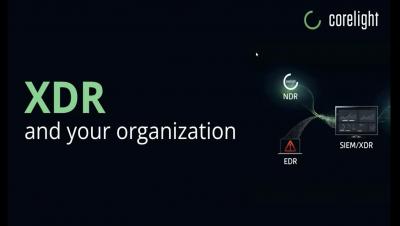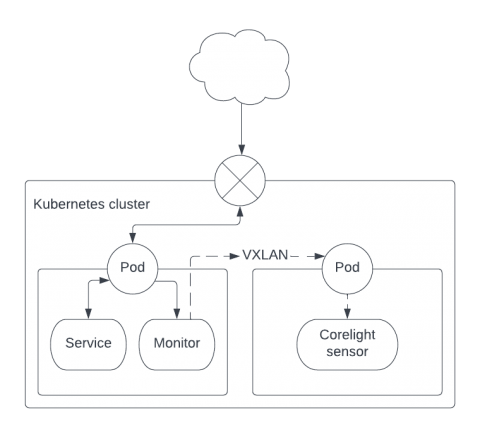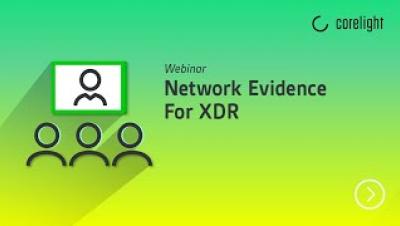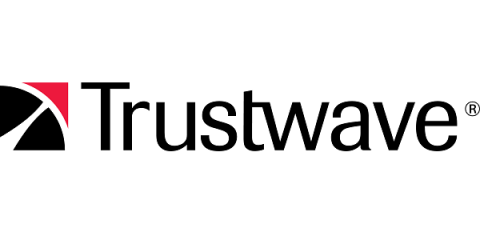Spotting Log4j traffic in Kubernetes environments
Editor’s note: This is the latest in a series of posts we have planned over the next several weeks where we explore topics such as network monitoring in Kubernetes, using sidecars to sniff and tunnel traffic, show a real-world example of detecting malicious traffic between containers, and more! Please subscribe to the blog, or come back for more each week.


